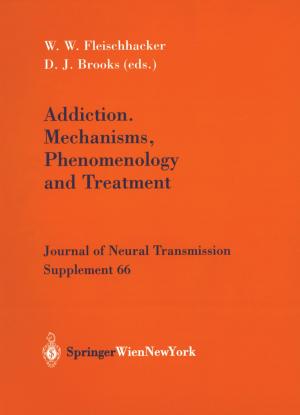| Author: | G. Hammarström | ISBN: | 9783642661235 |
| Publisher: | Springer Berlin Heidelberg | Publication: | March 12, 2013 |
| Imprint: | Springer | Language: | English |
| Author: | G. Hammarström |
| ISBN: | 9783642661235 |
| Publisher: | Springer Berlin Heidelberg |
| Publication: | March 12, 2013 |
| Imprint: | Springer |
| Language: | English |
This book contains among other things, developments of ideas suggested in my papers "Pseudo-units in phonetics" and "On linguistic terminology" read to the Congresses in Prague and Bucharest (both 1967) and in my book Linguistische Ein heiten im Rahmen der modernen Sprachwissenschaft (1966), which, in its turn, includes ideas contained in previous papers. It is my belief that units and relations between units are the basic linguistic facts to be described. Units must be defined in relation to other units, i.e. as elements of systems. Relations or systems contain as elements units having some "positive" definition (and not merely a "negative" one), i.e. units have describable features which can be compared with features of other units. It is not sufficient to establish that different units are functionally different but one must also describe in detail the character of the difference between them. A language has a paradigmatic system, i.e. a network of paradigmatic relations, and a syntagmatic system, i.e. a network of syntagmatic relations. Following J. Baudouin de Courtenay, F. de Saussure, N. S. Trubetzkoy, L. Hjelms lev and so many others I think that the difference between form and substance, be tween units and their realizations, henceforth called items, should be emphasized. A clear recognition of language facts leads to a drastically increased number of units and items. This will not amaze anybody having at least an intuitive under standing of the immense complexity of a natural language.
This book contains among other things, developments of ideas suggested in my papers "Pseudo-units in phonetics" and "On linguistic terminology" read to the Congresses in Prague and Bucharest (both 1967) and in my book Linguistische Ein heiten im Rahmen der modernen Sprachwissenschaft (1966), which, in its turn, includes ideas contained in previous papers. It is my belief that units and relations between units are the basic linguistic facts to be described. Units must be defined in relation to other units, i.e. as elements of systems. Relations or systems contain as elements units having some "positive" definition (and not merely a "negative" one), i.e. units have describable features which can be compared with features of other units. It is not sufficient to establish that different units are functionally different but one must also describe in detail the character of the difference between them. A language has a paradigmatic system, i.e. a network of paradigmatic relations, and a syntagmatic system, i.e. a network of syntagmatic relations. Following J. Baudouin de Courtenay, F. de Saussure, N. S. Trubetzkoy, L. Hjelms lev and so many others I think that the difference between form and substance, be tween units and their realizations, henceforth called items, should be emphasized. A clear recognition of language facts leads to a drastically increased number of units and items. This will not amaze anybody having at least an intuitive under standing of the immense complexity of a natural language.















